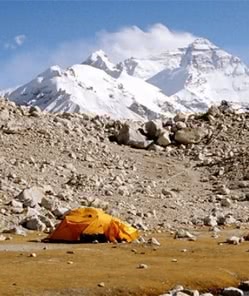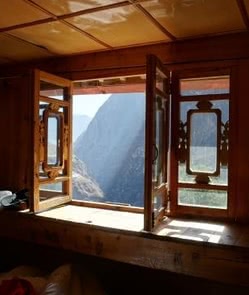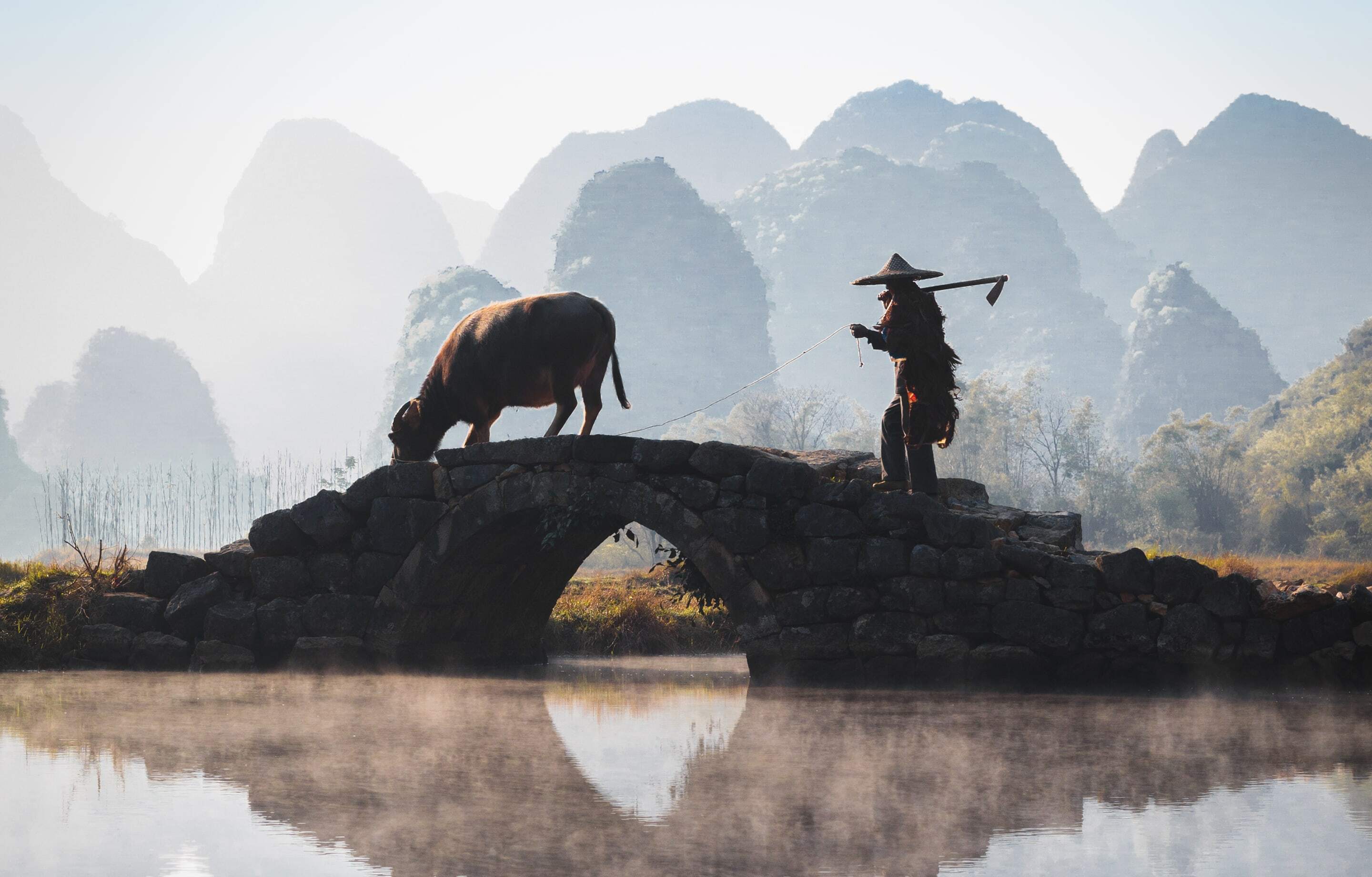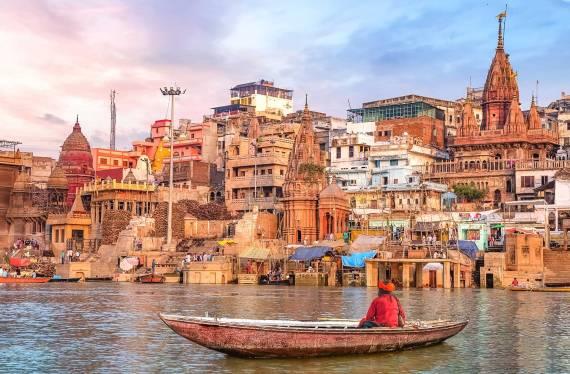- Duration
- 8 days / 7 nights
- Price Per Person
- From $5,000
Built into an earthy hill, the sculptures, carvings and murals were that were discovered, not to mention the houses, once-inhabited caves, monasteries and soaring stupas are an irresistible draw for visitors seeking to find the treasures revealed in this sprawling site. To explore Guge is to journey back in time and discover the relics, sculptures and murals uncovered in these sacred buildings, lost for three centuries.
A handpicked selection of experiences endorsed by our experts. If you can’t see what you’re looking for, let us know, as our extensive network of local contacts can open many doors.
Adorning the walls of the central, single-storey hall are detailed paintings of emperors, monks, lamas and deities. They are depicted in bright vivid colors and clothed in rich textiles - a fascinating insight into the artistic style and dress of the time.
The Guge Kingdom was rich in gold and silver and these precious metals were used in much of the sculptural designs. Perhaps the most famous is the Guge Silver Eye, an intricately-carved and miraculously-preserved sculpture.
Surrounding the site are the neighboring villages of Dongga, Daba and Pingyang. Though the original inhabitants of Guge kingdom were all but wiped out in the 17th century, many of their treasure and relics were rescued and now have their homes in these humble villages.
Once the capital of the Guge region, Tholing was home to one of the oldest and most important monasteries, central to Tibet’s second diffusion of Buddhism. Built in distinctive red brick, it’s surrounded by ruins but many of its central buildings and artifacts have survived including beautiful sutras written in silver ink.
Part of the Tholing monastery complex, the temple is built of mud brick with elaborate, decorated towers. In the 10th century, the Indian master Atisa organized one of the first conferences here and two exquisite, detailed murals remain intact despite heavy demolition over the centuries.
Explore in-depth information, experiences and highlights by navigating to specific regions using the links below.

The best way to experience Tibet's beautiful landscape, wildlife and cultures is to hike the ancient foot trails and camp. Surrounded by wilderness, travelers fall asleep under the stars and wake up to crisp Tibetan air and unspoiled scenery each morning – campsites really allow travelers to connect with their environment and enjoy the serenity of the Himalayas. Accompanied by guides and horses or yaks transporting camping equipment, you will stay at established campsites with all food and drinks provided, with meals prepared by an experienced chef.

Along the foothills and remote areas are small towns and rest stops for hikers and travelers. Basic guesthouses are available and offer a bed and shower for travelers on their journey along the Himalayas.
Multi-Country Specialists

With Remote Lands you'll travel with people who have made Asia the solitary focus of their own lifelong adventure. As our guest, you'll discover Asia on a journey that is completely, authentically your own, adapted from our own remarkable experiences and adventures over the years.
An Asia-focused magazine brought to you by Remote Lands - a platform for adventure, luxury, and authenticity from experts and explorers around the continent.
Here is a small selection of the kind words our clients have said about us recently.

The trip was all I expected and more. Plans were flawless--as I would expect from Remote Lands.